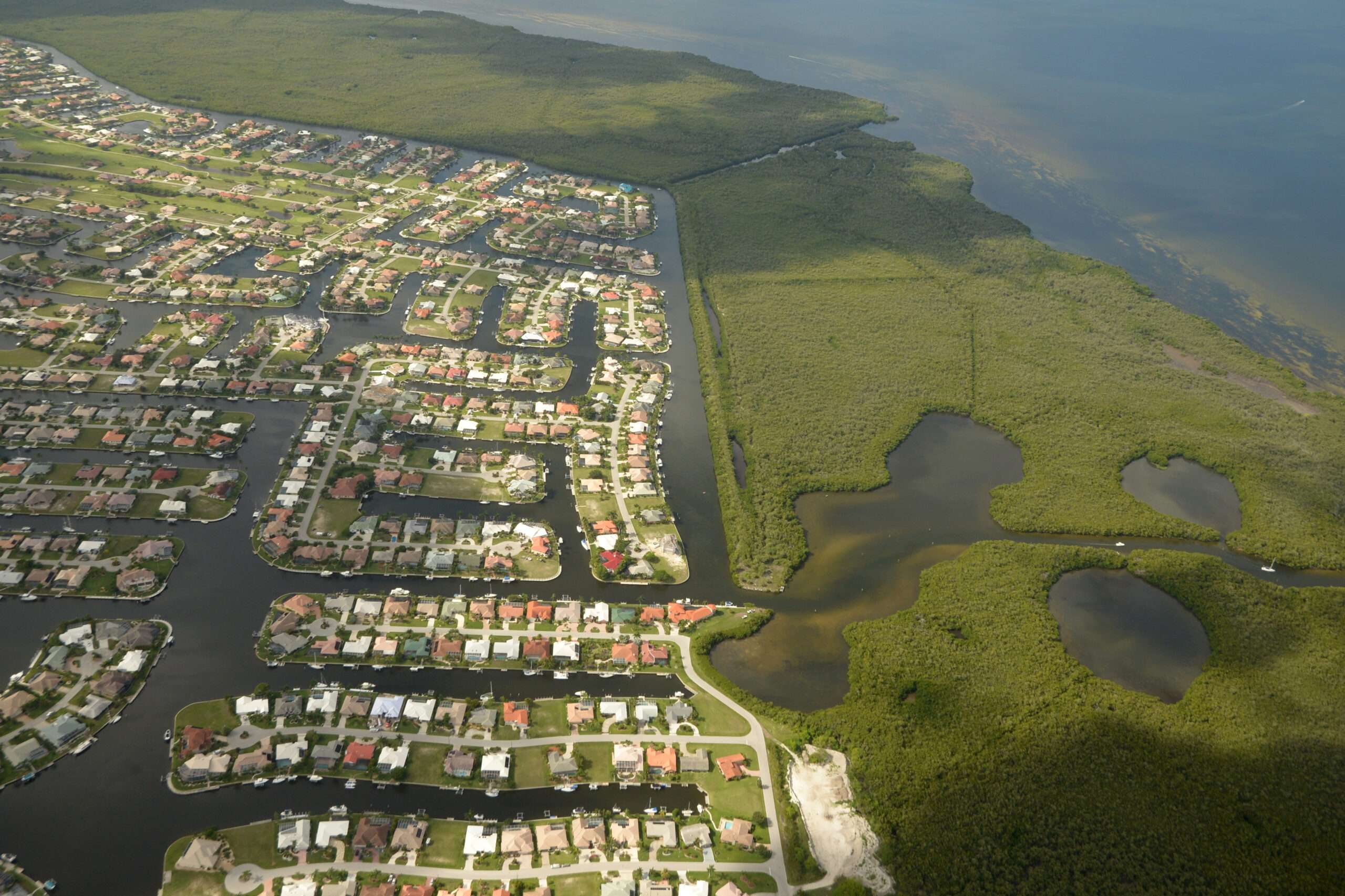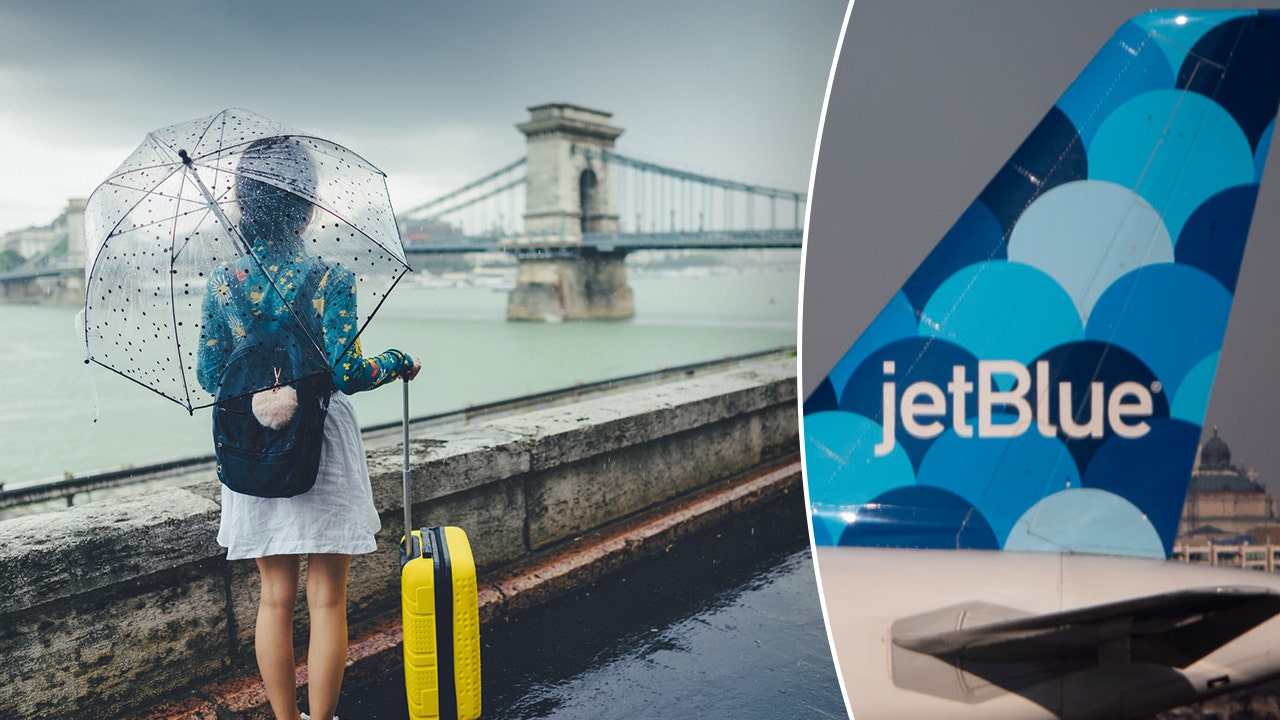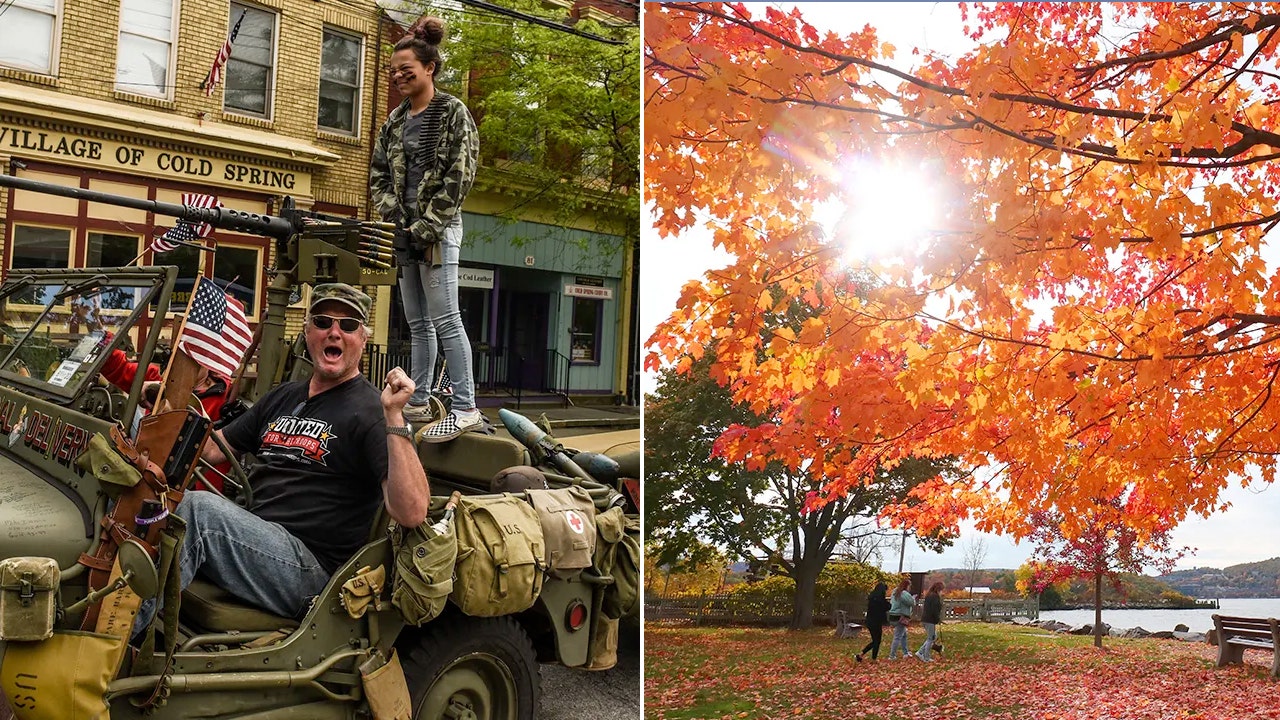Autumn’s Canvas: The Hudson River’s Historical Tapestry
Leisurely autumn leaf-peeping and the drama of American independence are linked together in a historical hunt along the Hudson River in New York.
The fall-tinted scenic drive could reveal remnants of an iron-clad testament to patriotism, American industrial spirit and the defiant derring-do of the upstart new nation.
Autumn leaf-peeping along New York’s Hudson River intertwines with the story of American independence, echoing a time when the nation’s future hung precariously in the balance. Here, the riot of colors on the treetops is paralleled by the fiery urgency of a burgeoning nation. Imagine standing at the edge of the water, the crisp air mingling with the scent of melting leaves, the golden hues swirling like flags raised in defiance.
In this historic landscape, Continental troops answered General George Washington’s call, stringing a colossal iron chain across the river’s expanse near West Point. Weighing between 65 to 75 tons, this remarkable engineering feat stood as a bulwark against the British navy, tasked with securing a vital waterway and guarding the rebellious spirit of New England.
“Not only was it an engineering marvel, it made West Point a nearly impenetrable position,” one local expert mused. It is here that the legacy of Polish military engineer Colonel Thaddeus Kosciusko springs to life, as he masterminded the construction of this impressive barrier, coaching men in strength and purpose, and forging a stronger bond in the fight for freedom.
The chain, a staggering 1,700 feet in length and composed of 1,200 wrought iron links, represented the sheer will of a nation ready to wrest its destiny. Local lore suggests that forty men toiled for four days to secure it, an effort illuminating both the human spirit and the tenacity that would define a fledgling country.
Today, remnants of the chain can be found, nestled among the imposing cliffs and citadel towers of the U.S. Military Academy at West Point. This site, alive with majestic views of the Hudson’s vibrant fall palette, invites contemplation and admiration.
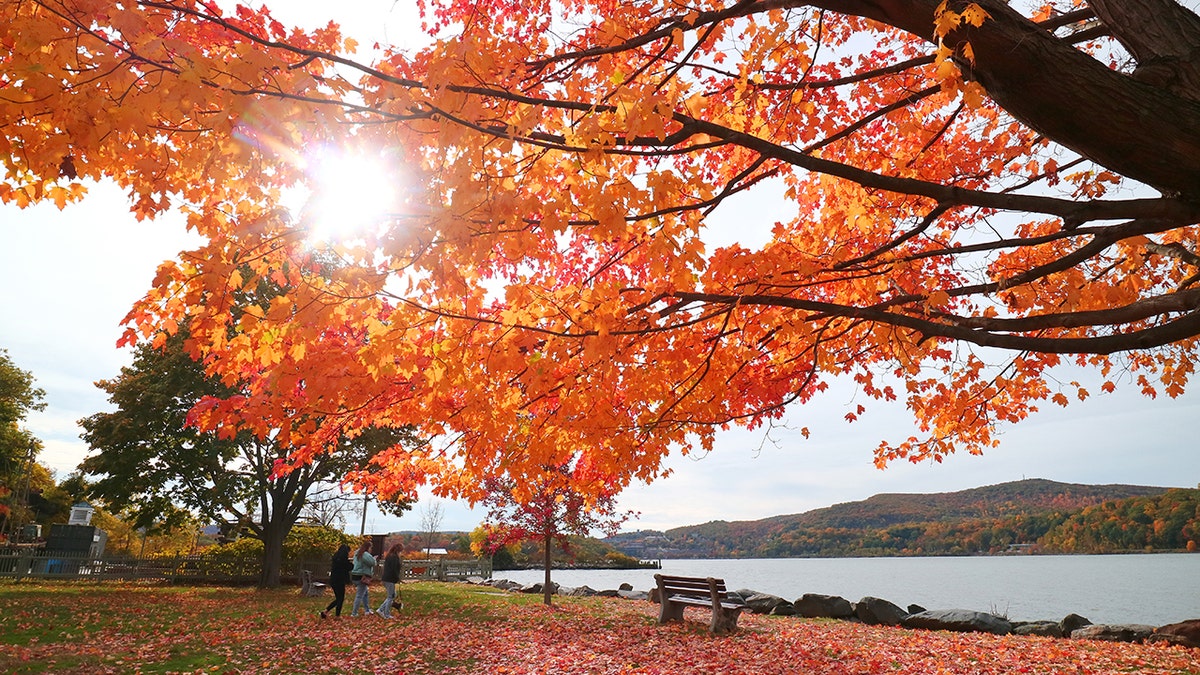
The earthworks at West Point’s western end of the chain beckon visitors down the trail affectionately known as “Flirtation Walk.” Here, thirteen remnants of the chain, ensconced in a circular display alongside two Revolutionary War cannons, create a striking emblem at Trophy Point. It stands as a reminder of an era when survival required both cunning and bravery, all while offering breathtaking vistas, often depicted in American art throughout the ages.
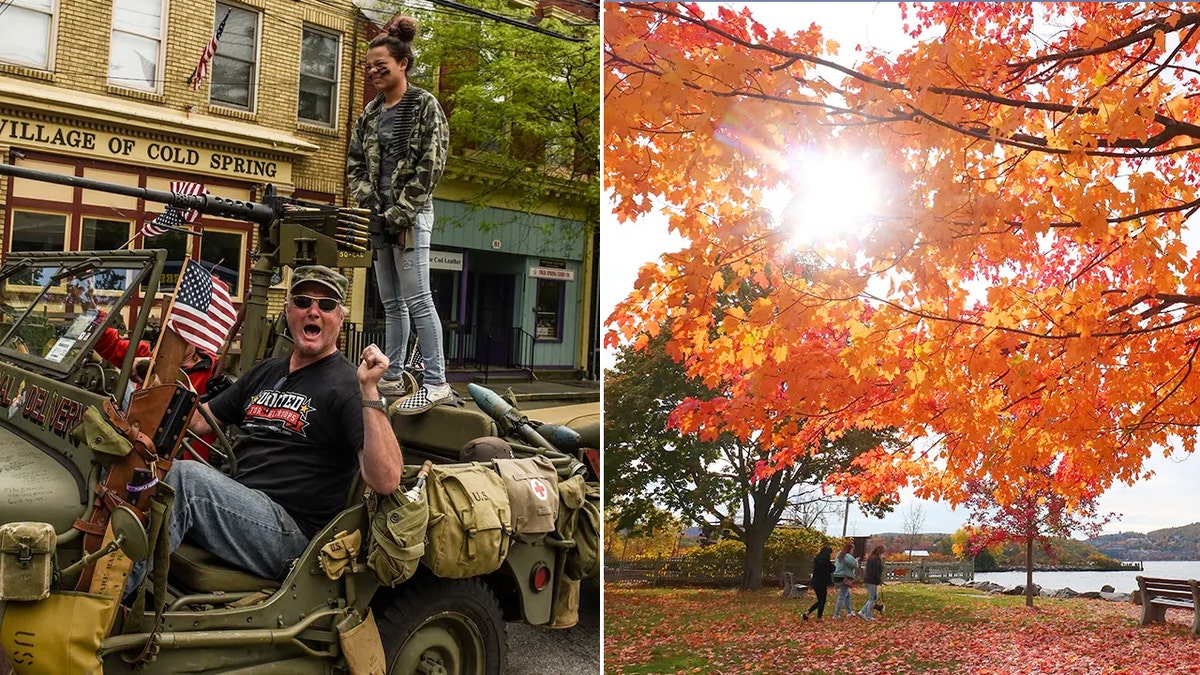
On the west bank, the charming community of Newburgh reveals its own tether to the past through remnants of the iron chain, while the east end of the chain draws attention on Constitution Island, in Cold Spring, New York. This colonial-era village brims with boutiques, artisanal bakeries like The Cold Spring Bakery, and quaint bookshops, inviting those in search of both history and nostalgia.
Cold Spring, named by Washington himself, flourishes with tales etched in every brick and cobblestone. The winding drives through these landscapes can evoke an understanding of why this terrain’s elevation proved pivotal in the war for independence—a delicate tapestry of land and legacy unfolding with each turn.
“You don’t just see the scenery; you feel the gravity of what happened here,” remarked one local historian, reflecting on the dramatic topography and autumnal colors visible from Bear Mountain State Park, a haven of natural beauty.

As David Levine wrote for Hudson Valley magazine, “From the earliest moments of the War for Independence, each side knew that the key to victory was the Hudson River.” This body of water, a lifeline flowing between the Northeast and the rest of a new nation, was both a battleground and a sanctuary, each ripple capturing the ambitions and fears of those who dared to dream of liberty. To simply drive these routes is to embark upon a journey that interweaves the present with echoes of the past—one where triumph and tragedy are framed by the beautiful autumn horizon.









